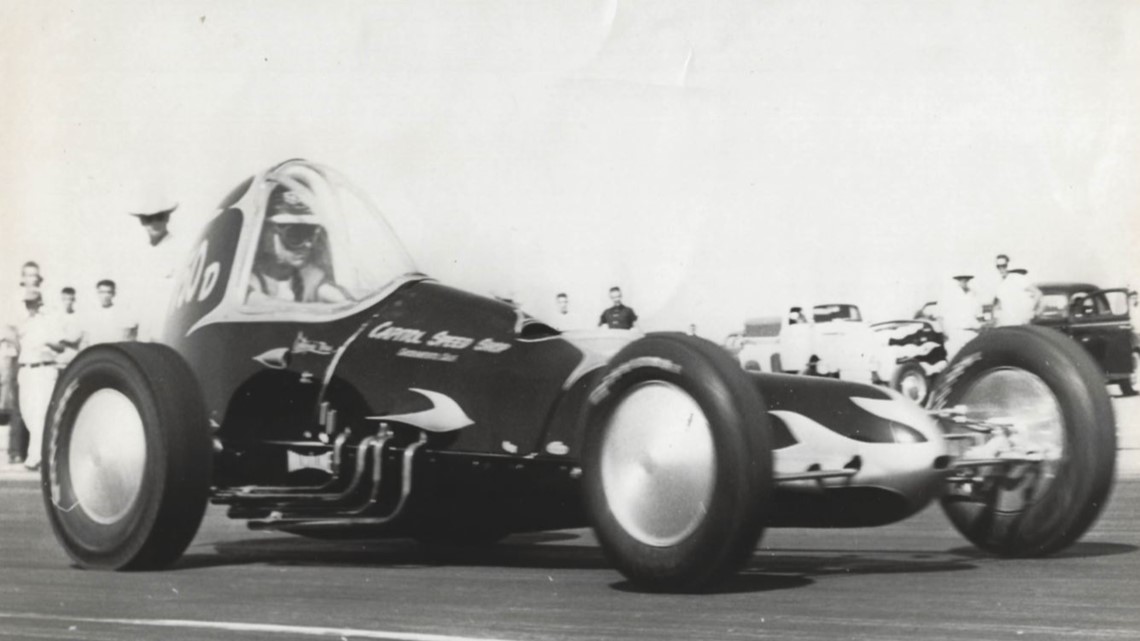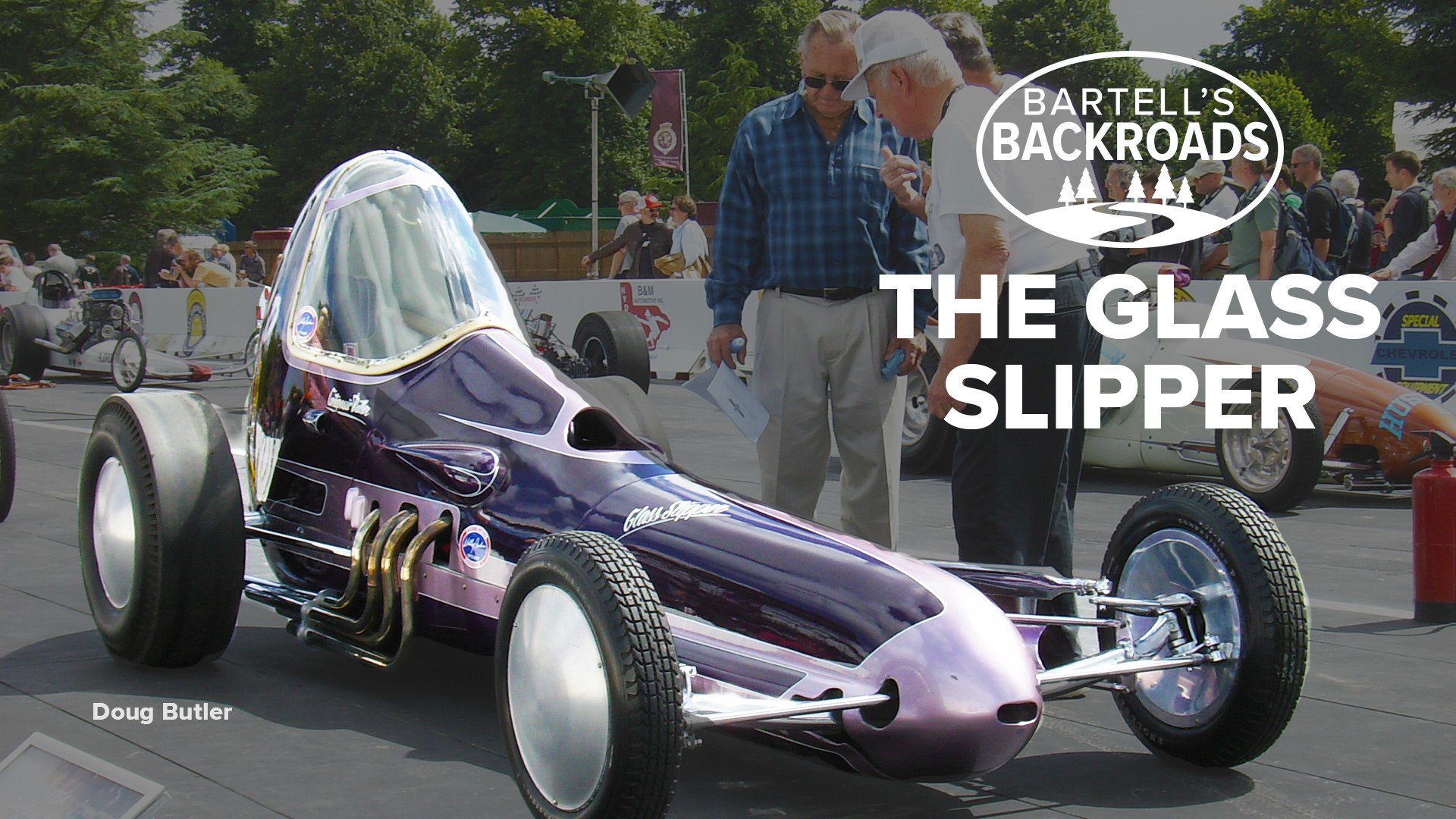SACRAMENTO, Calif. — You've heard of Cinderella’s glass slipper, but Sacramento has one of its own, although it won't fit on the foot of a princess. That’s because the Sacramento Glass Slipper is a car, and it redefined the world of drag racing.
The Glass Slipper was built by Roy and Ed Cortopassi. The year was 1954 and the brothers were fresh out of high school. They had been racing for some time but decided to build a new car out of completely new material never seen in the racing hot rod world.
"My wife said, 'What are you going to name it?'" recalled Roy Cortopassi. "She said, 'It's got to be the Glass Slipper because it looks like a slipper and it's made out of glass.'"


The inside of the Cortopassi's new car was made from junkyard parts, but the outside shell was made of fiberglass. It was a new material at the time and it turned the car into a Sacramento legend.
"I was into airplanes and airplanes were starting to be made out of fiberglass, and I was like 'Wow,'" said Cortopassi.
The car looks very similar to an airplane without the wings. It's painted purple and has a bubble-shaped windshield. Roy designed the car, but his brother Ed was the driver for a little more than 40 years until he passed away in 2014. The mechanic and crew boss was Doug Butler, who worked very closely with Ed and the car for its entire racing career.
"I believe the car cost all of $900 to build," Butler said. "The design was nothing like I'd seen."


The Glass Slipper was the first hot rod to use fiberglass, and the Cortopassi brothers didn't exactly know what they were doing. The brothers had to make a mold of the car out of plaster and chicken wire so they had something to shape the fiberglass around. The car was built in an old shed in the brothers' spare time after work.
"Every time you touched it, the fibers made you itch, and every time you sanded it, it made you itch," said Roy.
The design ended up working out. On the first test drive Ed took the Glass Slipper up to 181 mph at the Bonneville Salt Flats.
"At the top end you could just hear that thing come on, and that had to do a lot with the aerodynamics," said Butler.
From then on, the Glass Slipper was touring the nation and overseas, and going to races. The Slipper even broke a longstanding speed record.
"We got so many trophies, we stopped taking the trophies and only took the prize money," said Davis.
It wasn't always a winning streak. Just before one of the races, a fuel line came loose and the Glass Slipper caught fire. The guys eventually got the Slipper back on the road and got a lot of life out of it, but in 1963 Roy and Ed decided to retire from racing.
"I said we were really hitting an area we were not prepared for because cars were changing," Davis said.


It would be nearly 20 years before the Glass Slipper would hit the track again. This time Ed Cortopassi’ s son Ed Jr. joined the race team and started helping with the Glass Slipper at nostalgia races around the nation.
"My dad knew the car had a lot of accolades, but it wasn't until we ran Nostalgia that he realized that the car was famous," said Ed Jr. "People were coming up to my dad asking for his autograph and he was like, 'Really?' They were like, 'Yeah! It’s the Glass Slipper.'"
The races were not about competition; they were about remembering a time when hot-rodding was simple. The design and ingenuity of the Glass Slipper shaped the hot rods of today. The Glass Slipper is a symbol. A symbol of a time when a little mechanical know-how and a wild idea could win you a race.
"We had the chance to do something that you can't do nowadays. I mean, we were young kids coming out of high school," said Roy.
If you'd like to see the Glass Slipper in person, it's now on display at the NHRA Motorsports Museum in Pomona, Calif.
Continue the conversation with John on Facebook.
________________________________________________________________
There was a time when African American men weren't allowed to join the U.S. Marine Corps. When they finally could join in 1941, it was in a separate boot camp known as Montford Point, North Carolina. For Richard Davis, it was an experience that changed the course of his life.

